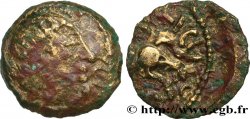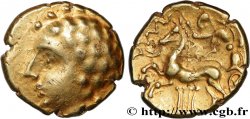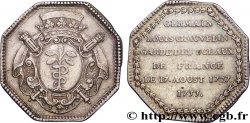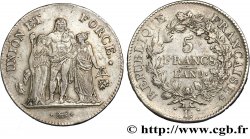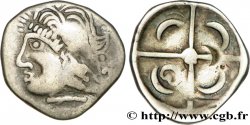正面
正面的文字 LUD. XVI. D. G. FR. - ET NAV R.EX..
正面的说明书 Buste de Louis XVI à gauche, portant une veste brodée, avec l'ordre du Saint-Esprit, les cheveux noués sur la nuque par un ruban. B. DUVIV. F. sur la tranche du buste ; (Mm) sous le buste.
正面的翻译 (Louis XVI, par la grâce de Dieu, roi de France et de Navarre).
背面
背面的文字 .SIT NOMEN DOMINI - I - BENEDICTUM (MG) 1789.
背面的说明书 Écu de France ovale, couronné entre deux branches d'olivier.
背面的翻译 (Béni soit le nom du Seigneur).
历史细节
SWITZERLAND - CANTON OF BERN
(1816-1819)
Switzerland had entered the French orbit since 1799 after the defeat of Zürich against Souvarov. A "Sister" Republic system was imposed on the Cantons and Geneva was annexed to France. The Swiss Confederation left the French Alliance in 1813 and regained its independence and the cantons their freedom.. Before and during the Revolution, Switzerland had been inundated with six-pound crowns which circulated freely in most cantons.. The cantons of Bern and Vaud decided to countermark these crowns and give them an equivalent in local batzen. In Bern, the écus were stamped with 40 batzen or 4 frank, corresponding to the écu of the Helvetic Republic or the cantons. Bern, which had been a military post since 1191 before becoming an imperial city, received the right to mint coins in 1218 and entered the Confederation in 1353. The écus were countermarked at only 39 batzen in the canton of Vaud. All countermarked shields complied with the Edict of Marly of 1726. So we can meet the type with olive branches (Dy. 1675-Dr.. 552 and 552A), the headband type (Dy. 1680 - Dr.. 557 and 557A), the type with the old head (Dy. 1685 - Dr.. 562 and 562A) for Louis XV. For Louis XVI, the type with olive branches (Dy. 1708 - Dr.. 606 and 606A and R. 8/9) and for the revolutionary period, the écus au Génie type François or Français (R. 46 and 47) and the 6 Françoise type books or no date (R. 78 and 80). The type of the 6 pounds to the Genie French type has never been met and the shield to the Genie of Strasbourg is unique; pieces from the revolutionary period are increasingly rare. In total, more than a million pieces would have been countermarked in this way.









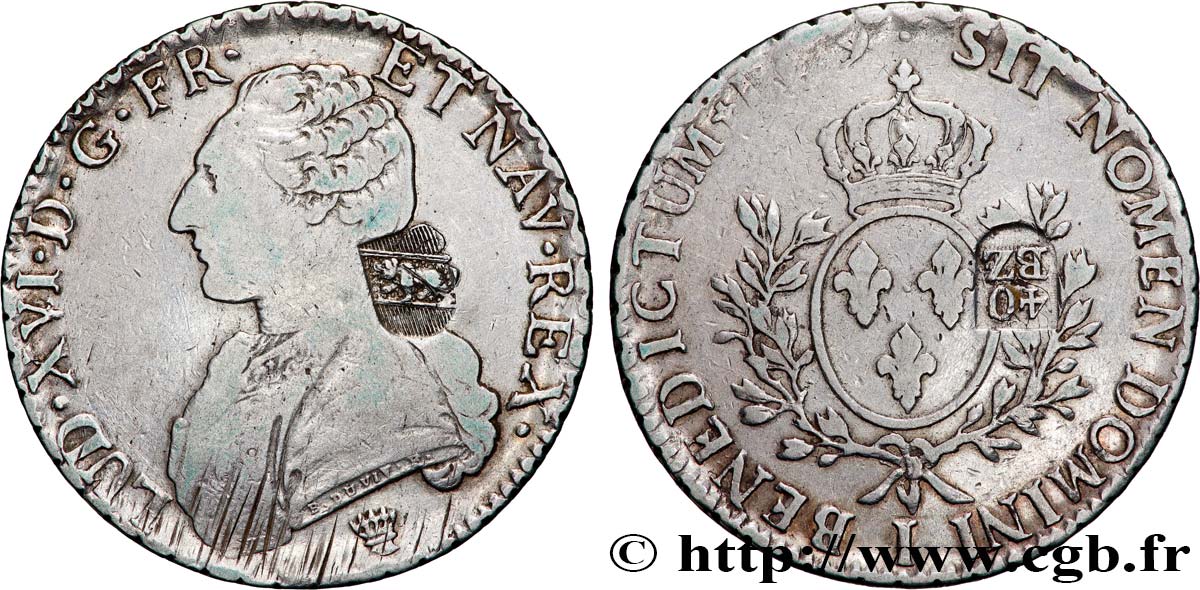
 对产品描述纠错
对产品描述纠错 打印
打印 分享我的选择
分享我的选择 提问
提问 Consign / sell
Consign / sell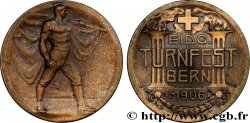
 产品介绍
产品介绍
